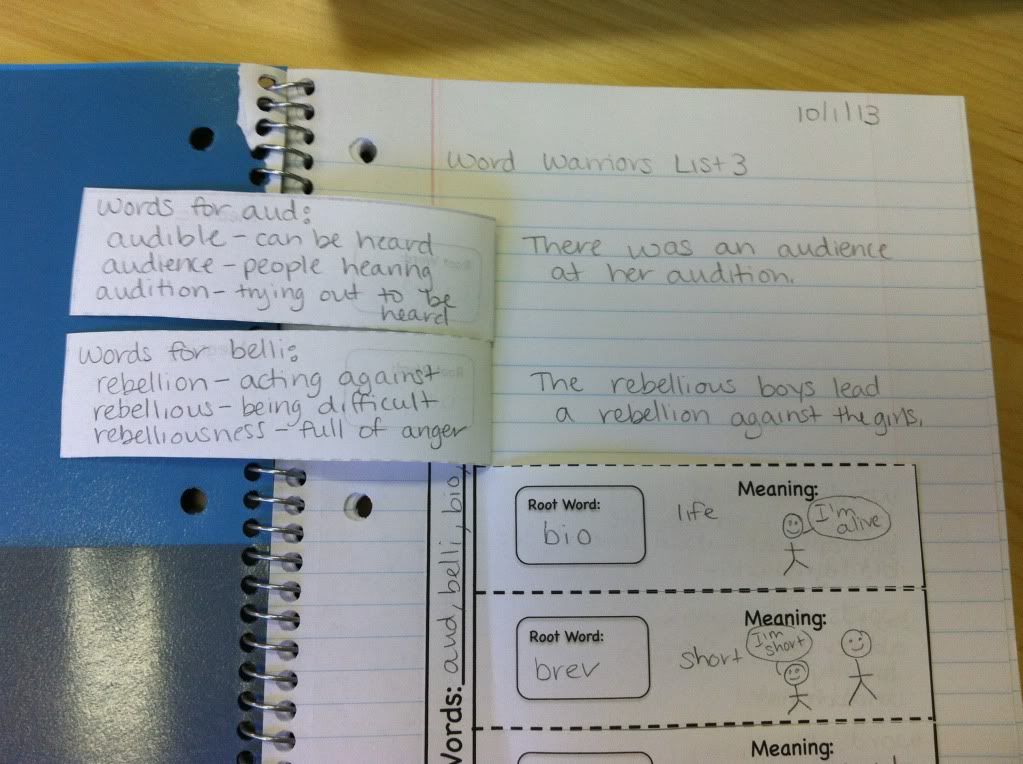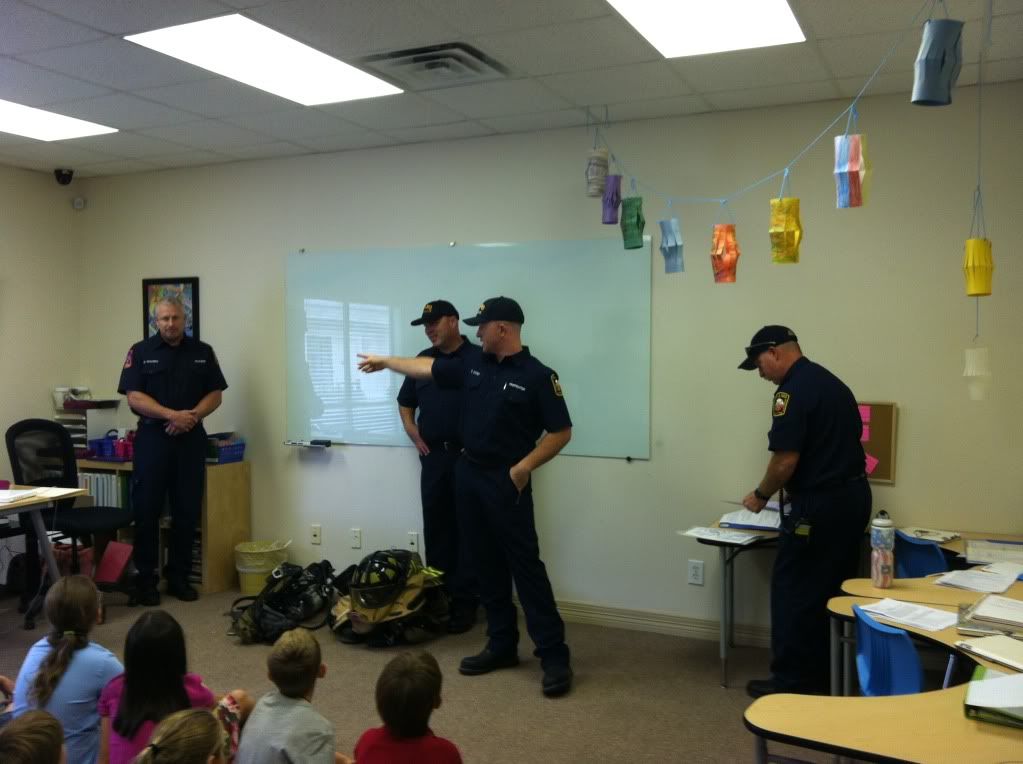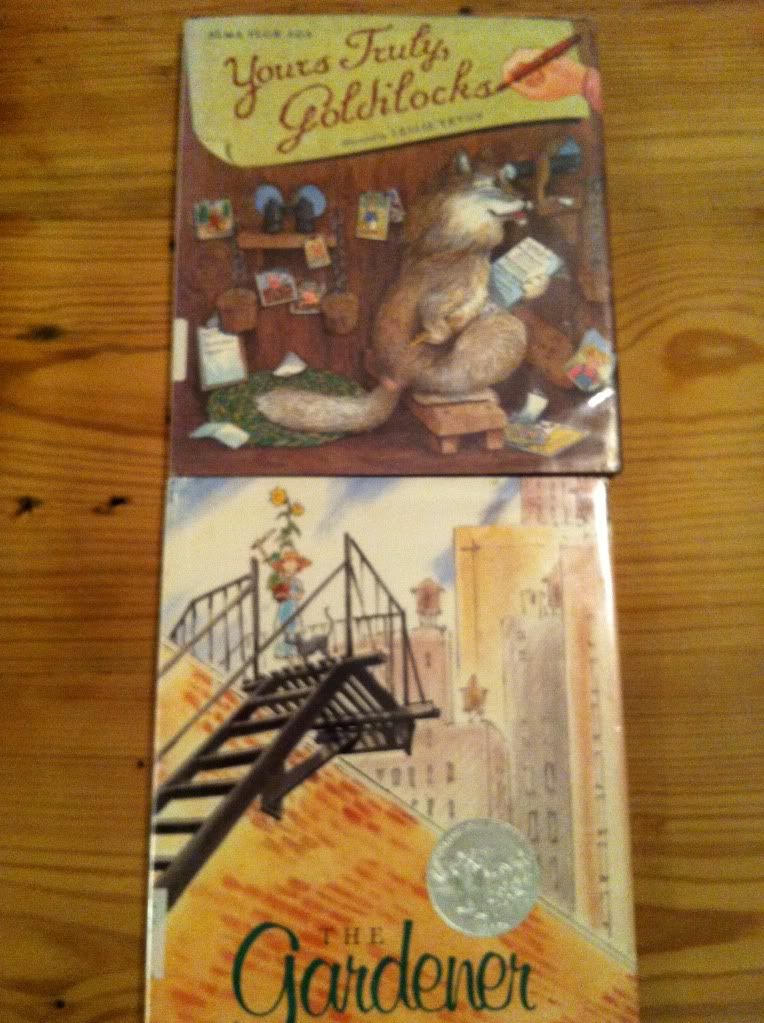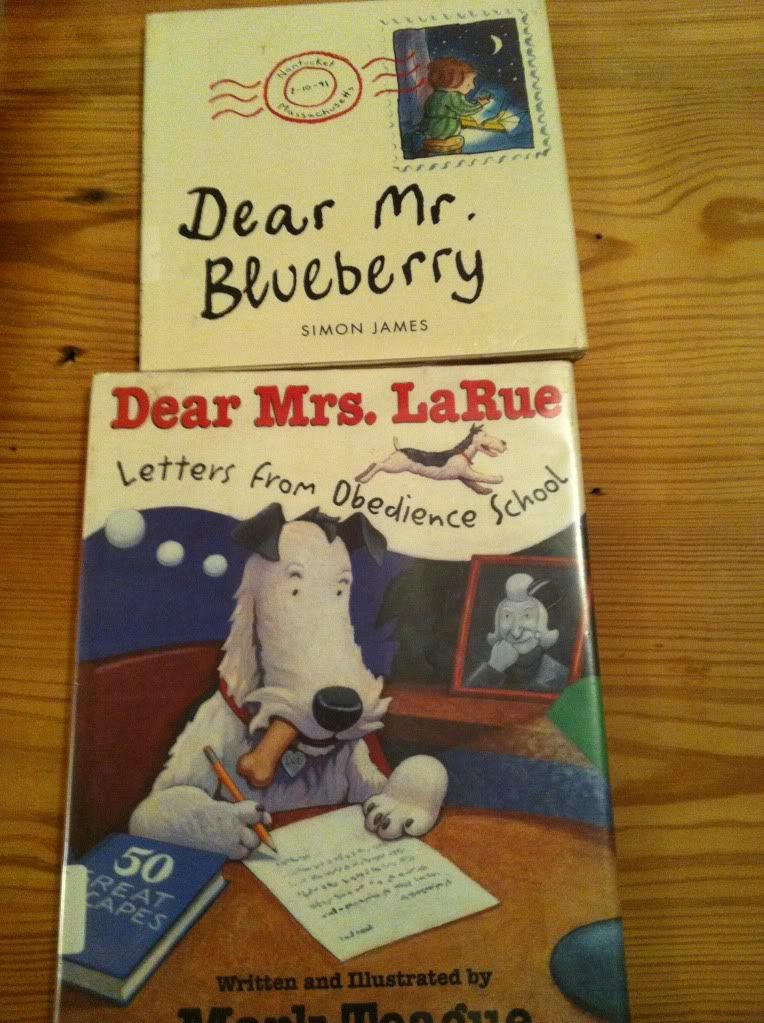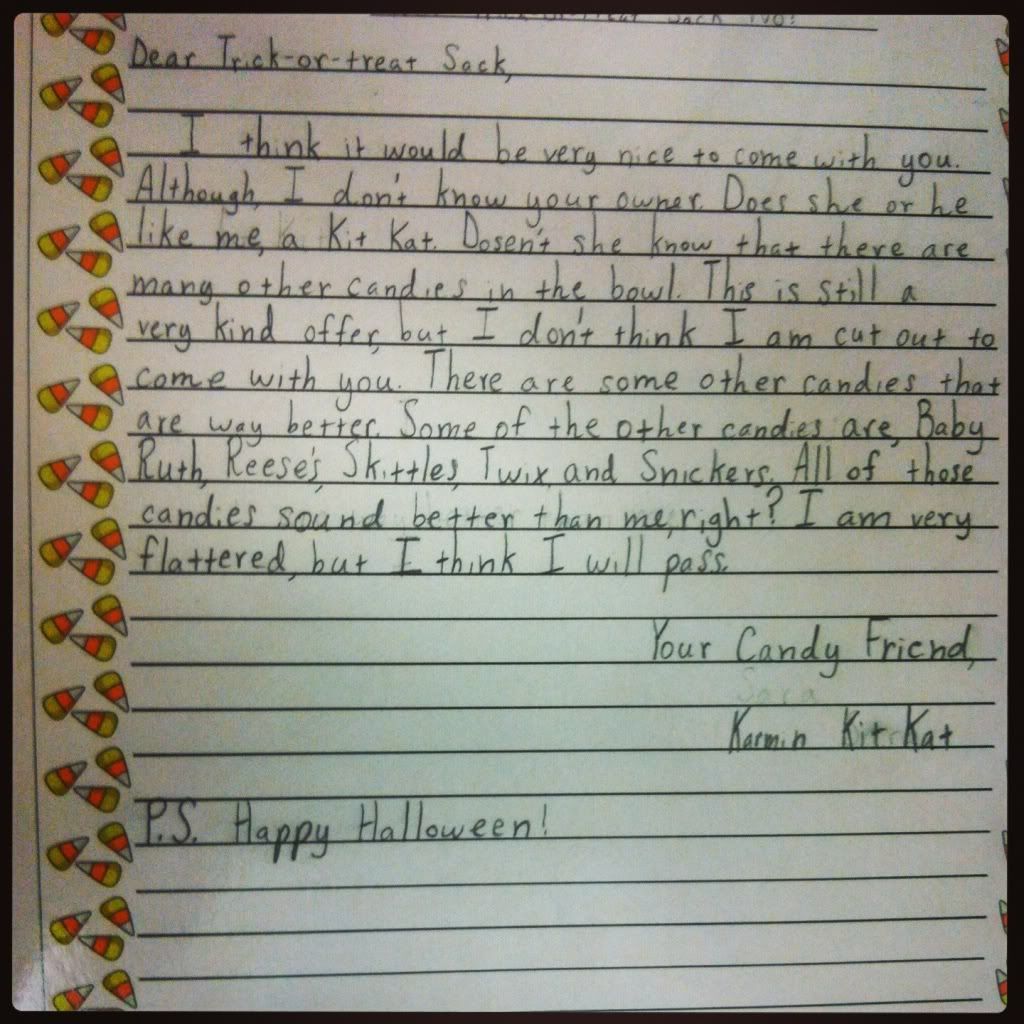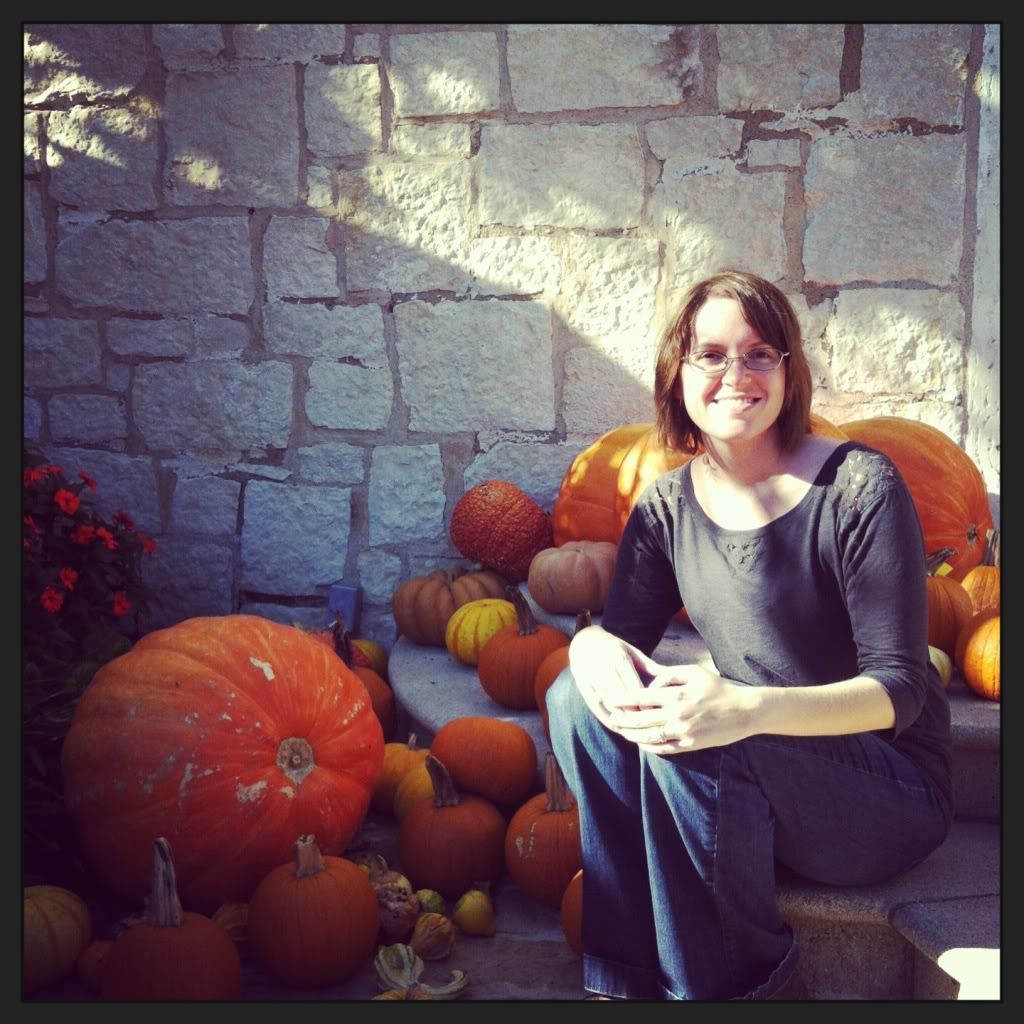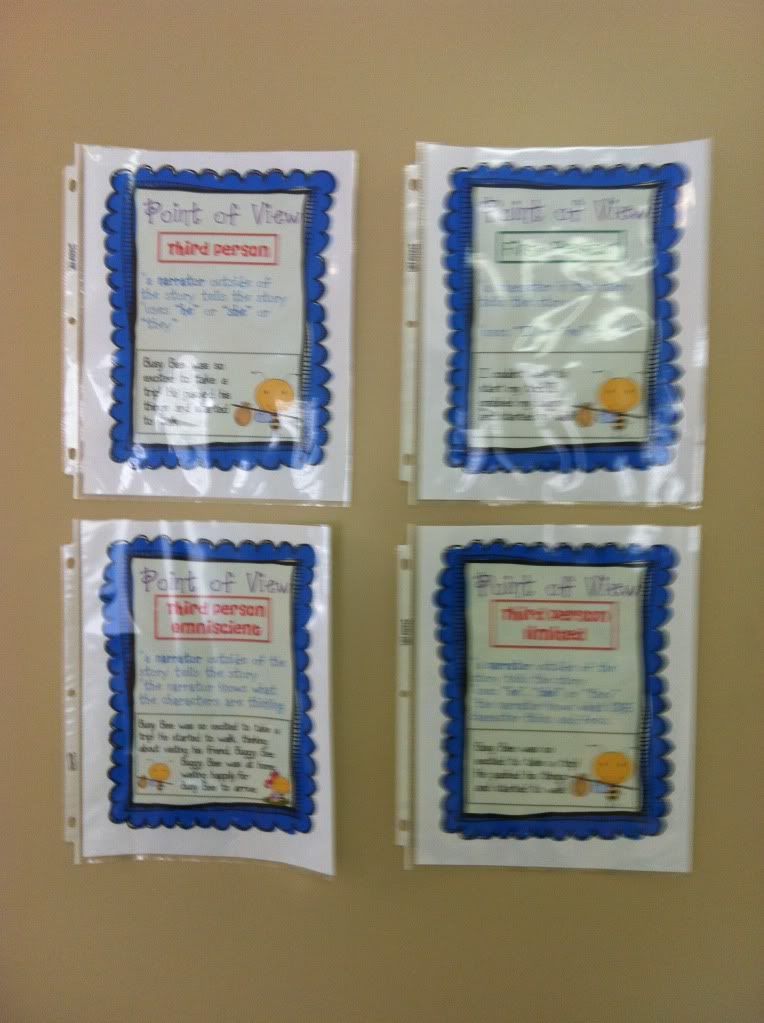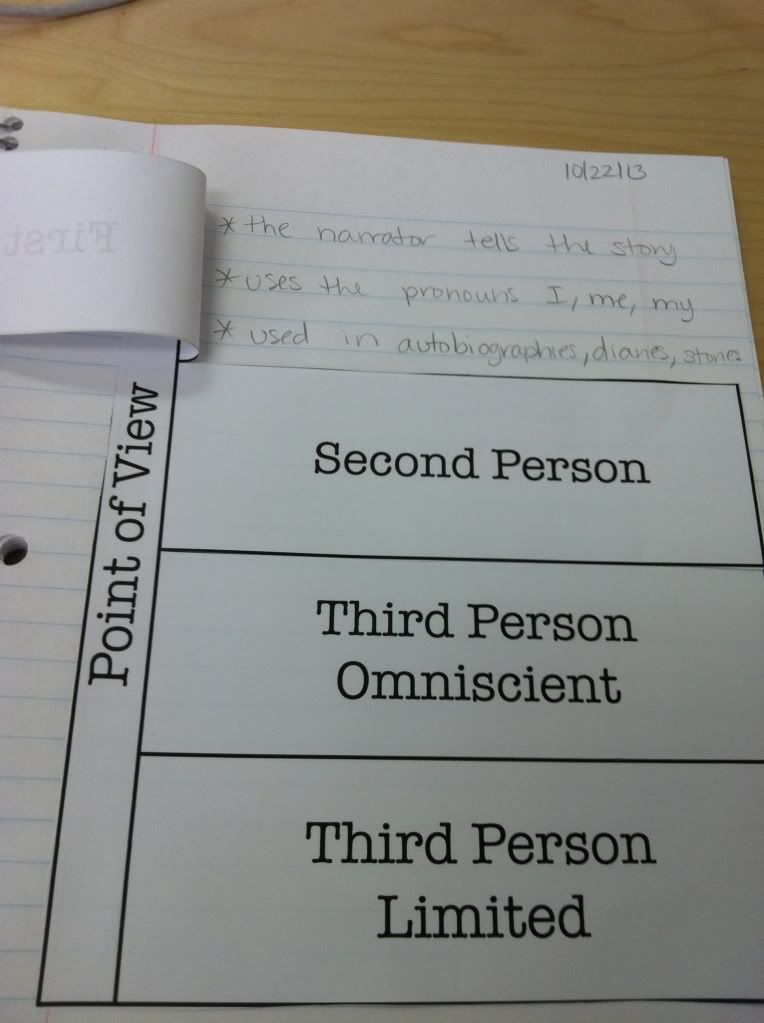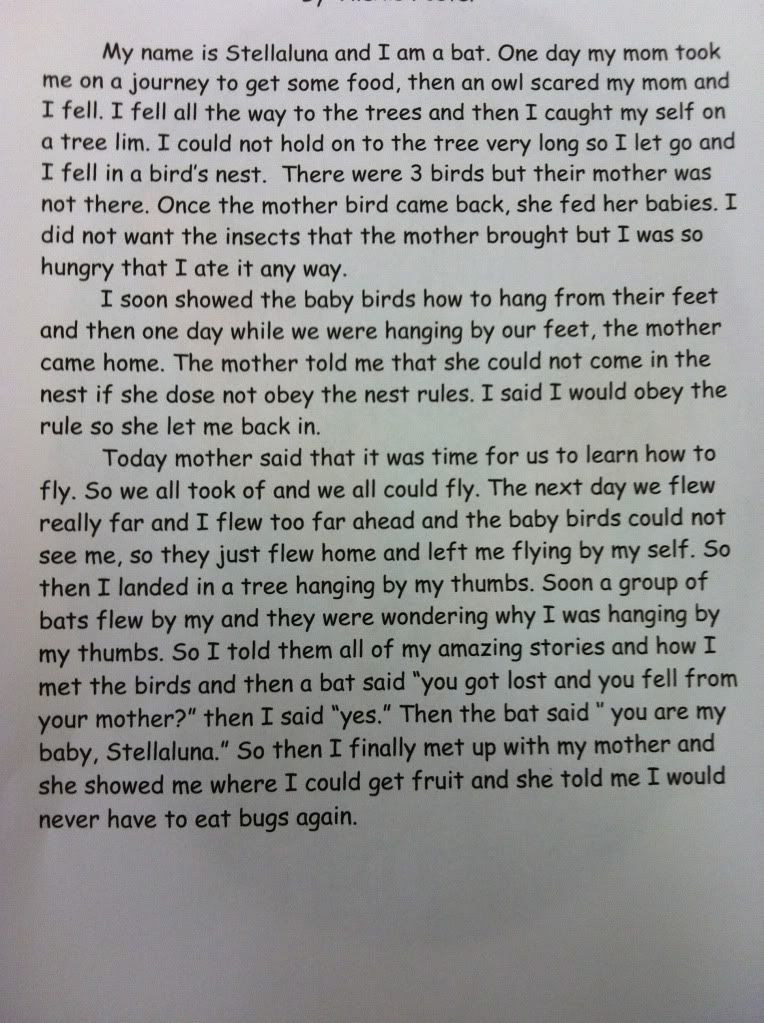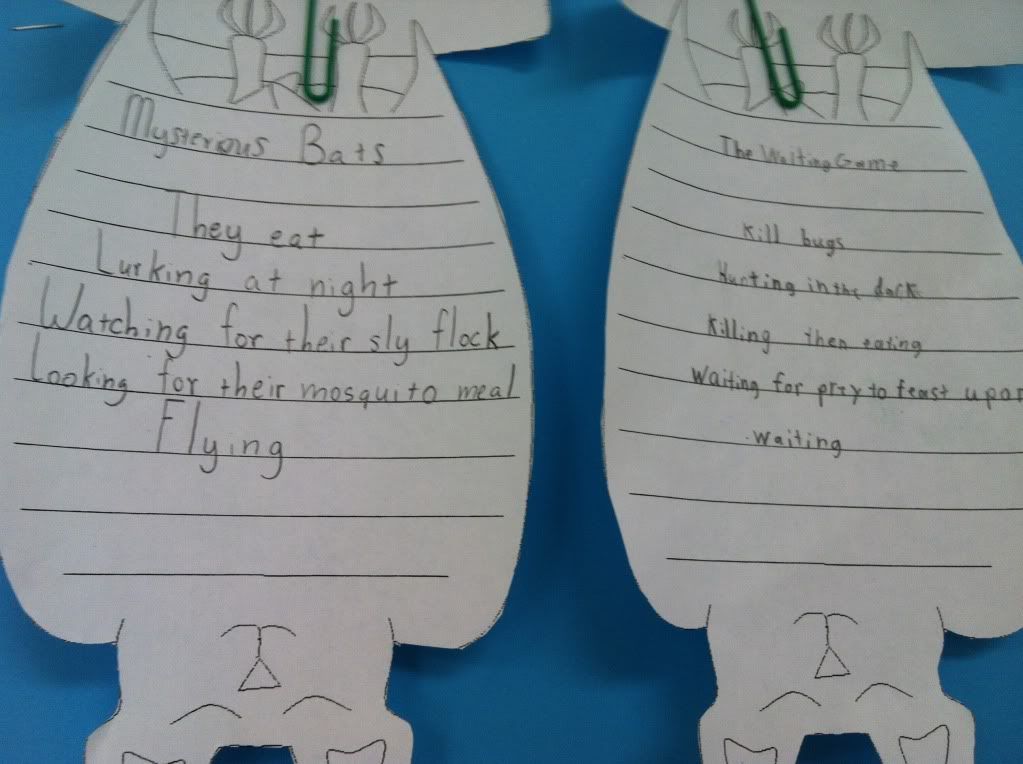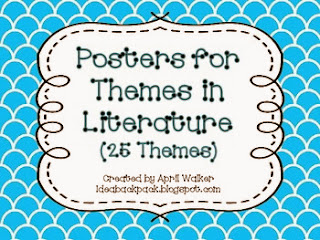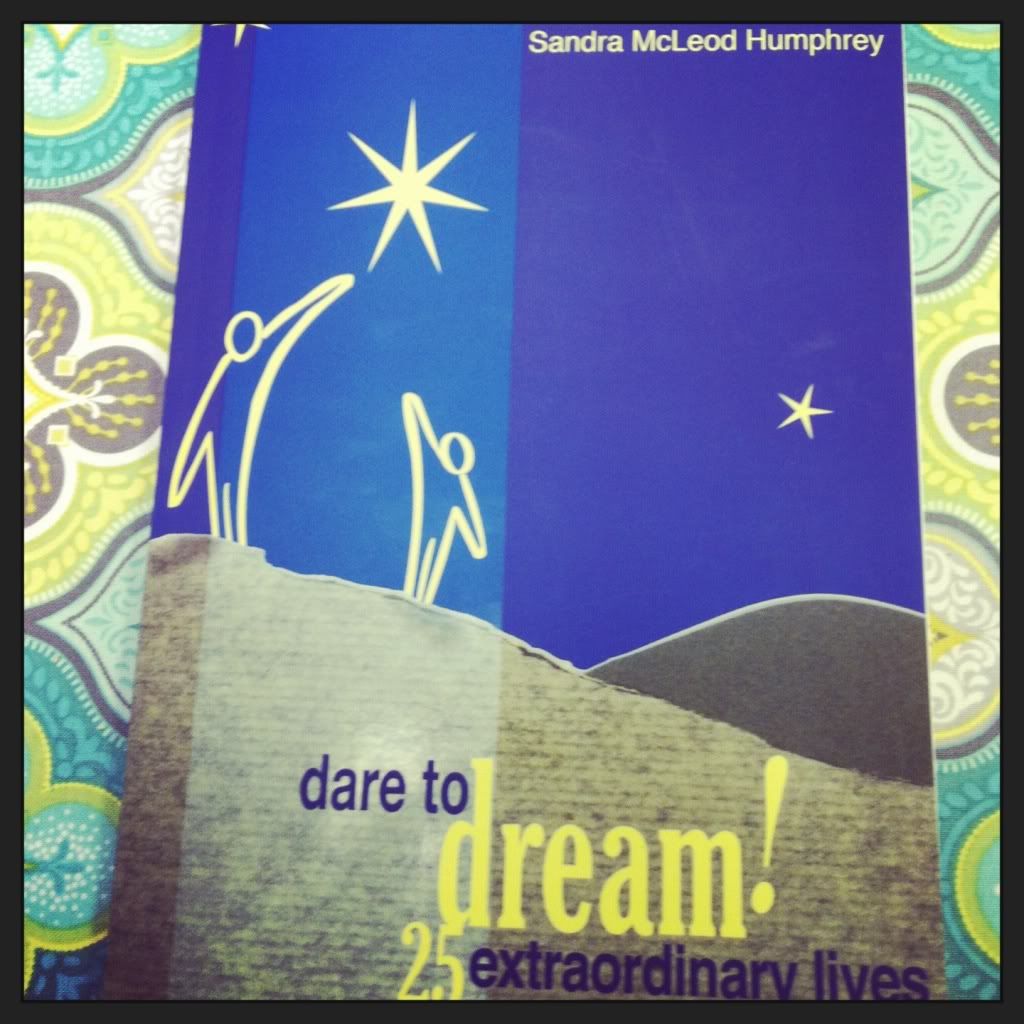So one of the classroom management strategies I am loving this year is my Owl Behavior Clip Chart.
![photo null_zpseeaeefa1.jpg]()
I have fifth graders, so I know that at that age sometimes people move away from the clip chart. My students have Chinese, Drama, and Art for Specials. One of the issues we had last year was inconsistency in behavior. My students would behave for me, but not for their Specials teachers. So what I did this year is I have the clip chart and each student has a clip with his name on it. The clip chart moves with the students from class to class. This gives consistency in behavior, rewards, and consequences among all teachers. I tried Class Dojo last year and it works well, but it was not something the other teachers could access. I needed a behavior management system that could travel with my students.
At the end of the day if my students make it to "Owlstanding Student" they get $1 Hoot Loot. I also give hoot loot for birthdays and turning in homework. Once a month, we have a class store where they can trade in their hoot loot.
One of the things I needed to make was a Behavior Think Sheet for when students got to "Think About It" on the clip chart. I finally made the think sheet, so I have a freebie for you.
You can click here for the Behavior Think Sheet. How do you use a clip chart? Have you found a great way to have consistency in behavior among all teachers for the same set of students?
![]()
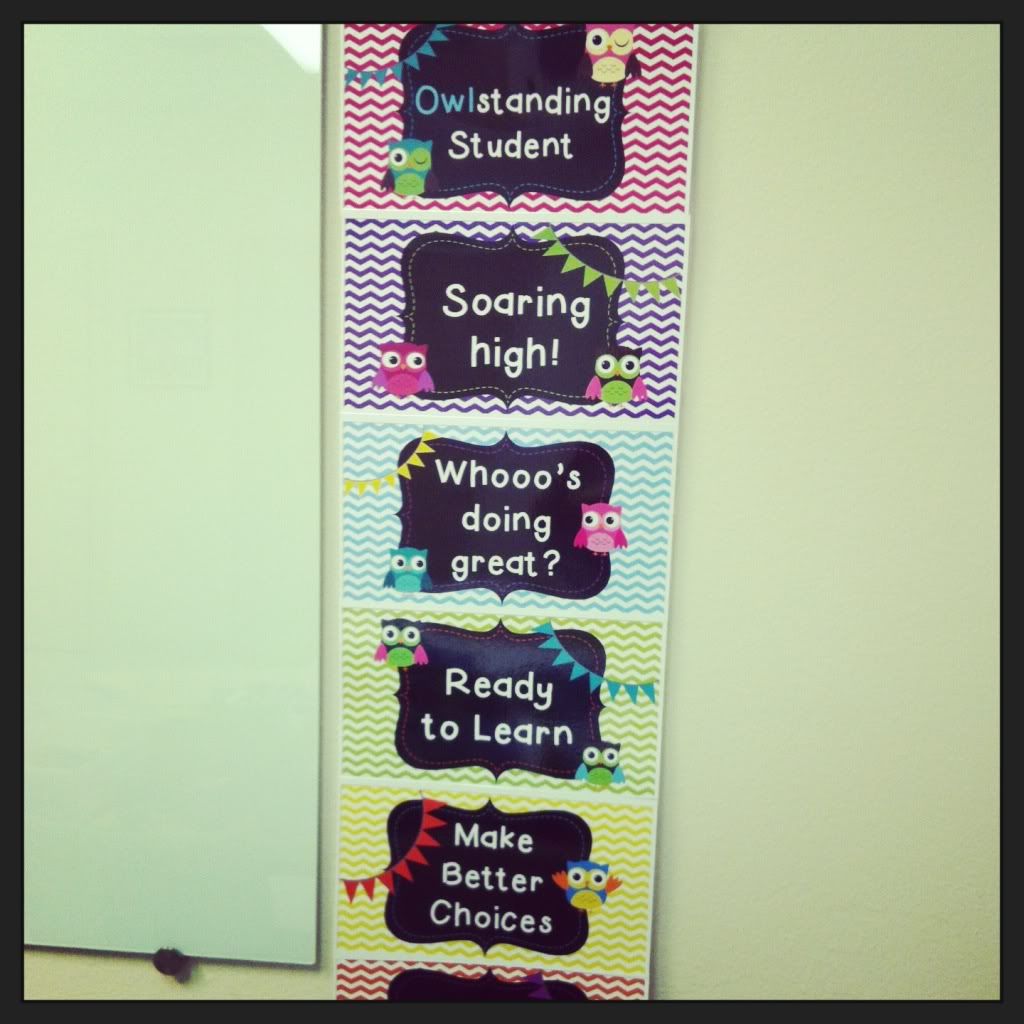
I have fifth graders, so I know that at that age sometimes people move away from the clip chart. My students have Chinese, Drama, and Art for Specials. One of the issues we had last year was inconsistency in behavior. My students would behave for me, but not for their Specials teachers. So what I did this year is I have the clip chart and each student has a clip with his name on it. The clip chart moves with the students from class to class. This gives consistency in behavior, rewards, and consequences among all teachers. I tried Class Dojo last year and it works well, but it was not something the other teachers could access. I needed a behavior management system that could travel with my students.
At the end of the day if my students make it to "Owlstanding Student" they get $1 Hoot Loot. I also give hoot loot for birthdays and turning in homework. Once a month, we have a class store where they can trade in their hoot loot.
One of the things I needed to make was a Behavior Think Sheet for when students got to "Think About It" on the clip chart. I finally made the think sheet, so I have a freebie for you.
You can click here for the Behavior Think Sheet. How do you use a clip chart? Have you found a great way to have consistency in behavior among all teachers for the same set of students?





